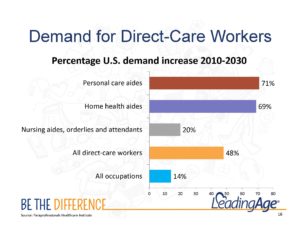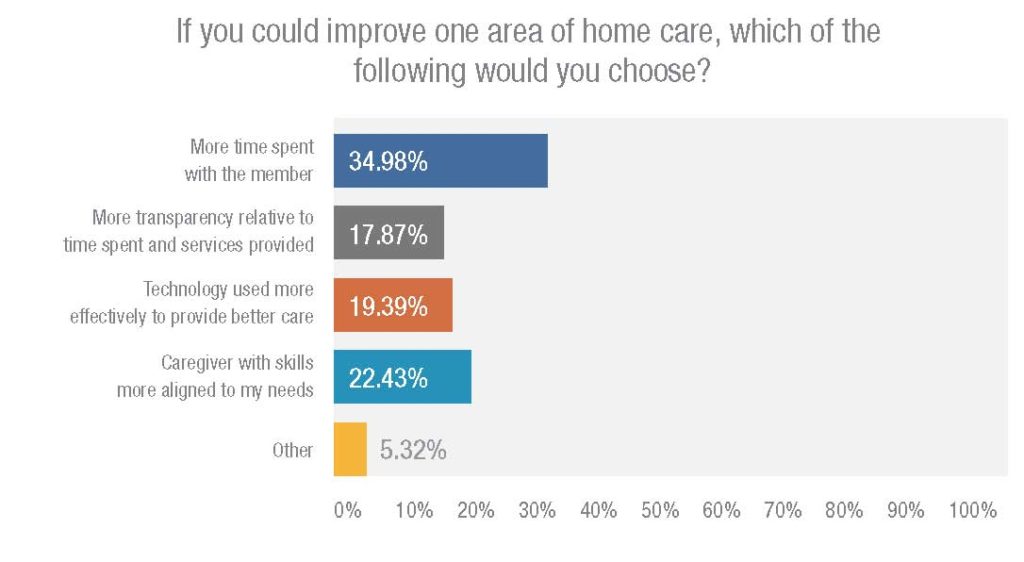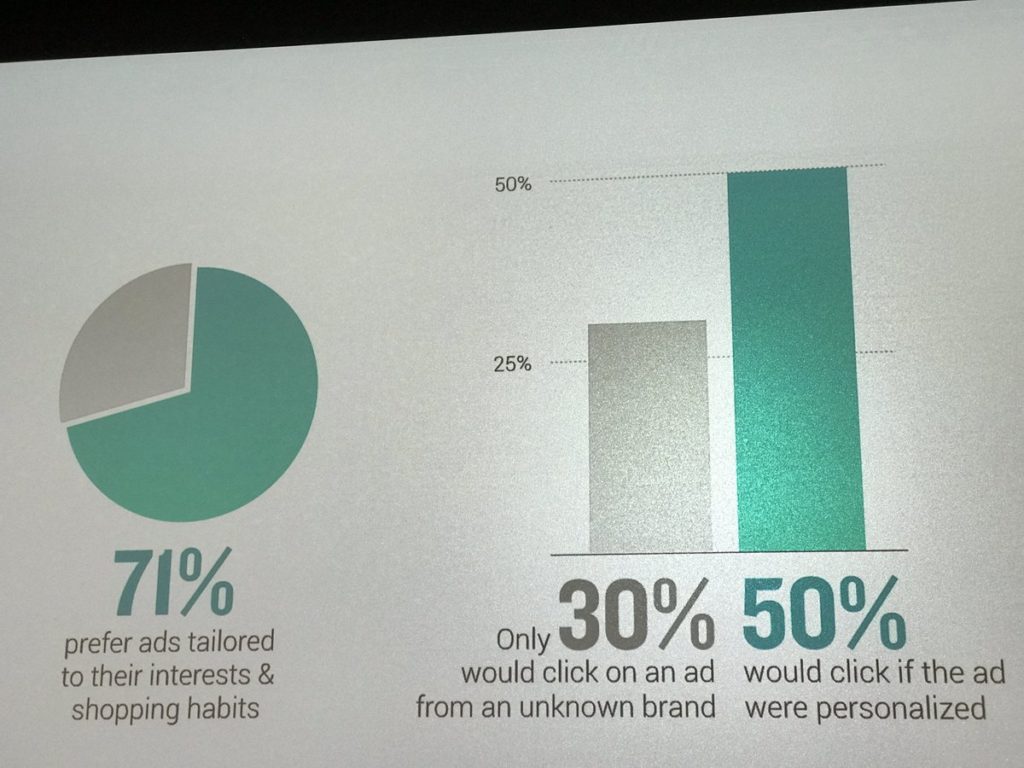“A little Snow was here and there
Disseminated in her Hair —
Since she and I had met and played
Decade had gathered to Decade —But Time had added not obtained
Impregnable the Rose
For summer too indelible
Too obdurate for Snows”– Emily Dickinson
This week’s forecasts for the East Coast put me in mind of Dickinson’s poem. While her memory of meeting a childhood friend after many years is peaceful and warm, the hype from TV weathermen is anything but!
We hope all our readers are able to stay safe and stay busy as more-than-a-little snow falls over the next few days. (It’s a perfect time to catch up on past editions of this blog! Grin!)
In the meantime, on with our recap of last week’s top links for mature marketing professionals.
MOST CLICKED: Ziegler Hotline Polls Find Labor Shortages a Hot Topic
Our friends at Ziegler Investment Banking report that senior living CFOs are feeling the pressure of staffing shortages.
For the past decade, Ziegler has gathered insights from senior living CFOs through CFO HotlineSM surveys on a variety of topics. In their February “Z-News,” Ziegler recapped some of those findings. Our audience seemed particularly interested in the takeaways about labor shortages:
- 73% of CFOs surveyed indicated moderate to significant staffing pressures
- 57% reported feeling the pressure of minimum wage increases
- Due to employee vacancies, 16% of senior living communities polled were forced to limit resident admission
 The ratio of senior caregivers to seniors needing care began falling in 2011, while demand has increased. Recruiting and retaining qualified team members has grown more and more challenging. Competition for employees is becoming more fierce!
The ratio of senior caregivers to seniors needing care began falling in 2011, while demand has increased. Recruiting and retaining qualified team members has grown more and more challenging. Competition for employees is becoming more fierce!
Insights into Action:
Those companies which can communicate (and deliver) soft benefits such as a positive corporate culture, opportunities for personal and professional growth, and flexibility will fare best. The human resources and marketing departments need to work together.
Make sure your messaging is aligned. Use existing channels and “newer” techniques such as video to regularly communicate the spirit of your community. Keep up a steady drumbeat that drives a steady flow of interested applicants — and makes existing team members less likely to want to change their tune.
We stressed “deliver” above because organizations which try to hide strategic flaws behind fancy advertising campaigns will continue to see high staff turnover. Now is the time to invest not only in top-notch recruiters but in team-building/brand culture initiatives. Does your brand’s walk match its talk?
There’s another area in which marketing should be proactive.
Creating Results’ Kimberly Hulett has written previously that labor shortages can lead to ownership / sponsorship changes — communities shifting from not-for-profit to for profit. In a December post, she shared advice on what marketing pros should do to prepare:
“The biggest tip I can provide is to include business acumen in the sales and marketing skillset you are refining. Business acumen is often overlooked when talking about sales and marketing.
However, understanding the business impact of all sales/marketing decisions can help your organization prepare for whatever repositionings or sponsorship changes may be coming down the road.”
Download Ziegler’s February Z-News: http://bit.ly/2n10ERC
Read Kimberly Hulett’s tips: Looming Senior Living Labor Shortage, Ongoing Sponsorship Changes – What Marketing Can Do
MOST SHARED: Wearables and Home Health Care
While employment and sponsorship trends may be changing, one thing that hasn’t changed is the desire of older adults to stay in their own homes for as long as they can.
Seniors continue to resist community living and who have the financial means and/or family support to do so opt instead to bring health care into their homes. However, as a recent HHAeXchange report notes, home care is plagued with a “disconnectedness” that leads to fraud and waste, and/or prevents providers from being effective. The service received by home care clients also frequently fails to be personalized to their special dietary, language or other needs.

The conclusion in the HHAeXchange was that technology could address many of these issues. Their survey of home care users found that:
- 66.5% of those surveyed believe wearables will become an important part of home care
- 48.7% said wearables could be used to monitor care workers and help with billing
- 52% thought the wearables could communicate information for better, more proactive care such as changes in activity level or heartbeat
At the same time, 52% of those surveyed felt the home care industry was too slow to adapt new technology and this would be an obstacle to implementing wearables.
You may be asking yourself and/or googling “wearables.” Also known as wearable technology, wearables are electronic devices that track your daily activities including hours of sleep, exercise and other health indicators. They range from Fitbits and Apple Watches to shirts that monitor breathing to devices that access electronic health records.
Download the report to learn more: http://bit.ly/2mE29nq
And please, share your thoughts on home healthcare and/or wearables in the comments section!
Speaking of personalization …
As the chart above shows, home care clients want their services to be better aligned with their needs and interests.
That desire for personalization isn’t limited to home care or to seniors.
Another top post of the week was this image from a recent Adlucent Client Summit, which was originally tweeted by Christopher Penn:

Is YOUR marketing team personalizing its ads and communications?


